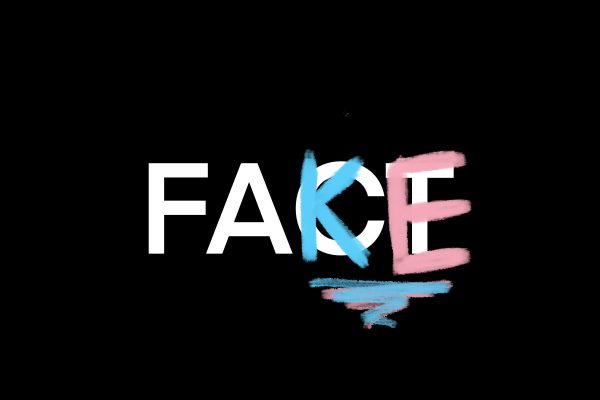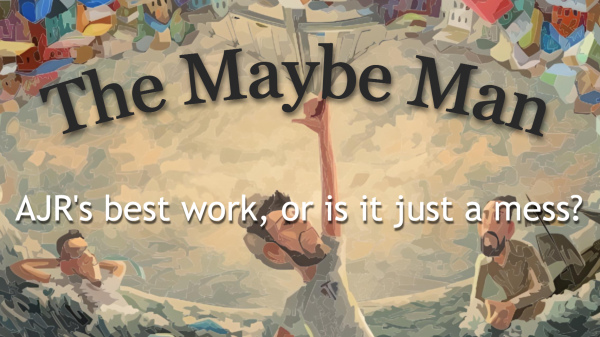Couples of Many Colors: Perspectives of Interracial Relationships
October 17, 2017
Interracial dating sounds like a topic for a history class. But, like most issues of race, it’s a topic that still holds relevance.
On October 9th, MELT held a couch conversation on interracial relationships. Individuals met in the Pierce-White Skybox to talk about the history of interracial marriages in the United States, stereotypes of interracial relationships, and the pressure people face when dating outside or within their own race.
Many African-Americans expressed some of the contradictions within their own community. While they asserted the media stereotype of an interracial couple (a black man with a white or lighter-skinned woman) was largely true to their experience, others asserted that bringing up interracial dating at home was taboo. One person mentioned that his grandmother was vehemently against him bringing home anyone who was white.
Dating outside of one’s race is interpreted as betrayal in some communities. Latino individuals at the meeting stressed the importance of family and cultural identity. Often their families pressure them to date another Spanish-speaker because of these values. They may be reluctant to treat a person of a different race like family.
Others at the conversation were the only members of a minority race in their hometowns. They grew up thinking their relationships would be interracial no matter what, simply because people of Asian or Latino heritage didn’t live in their communities.
While most people choose their significant others due to personal preference rather than prejudice, some individuals could understand how it can be easier to date within a race. Communities with a high degree of cohesiveness can have their own language, humor, and rules, which can be hard to teach to an “outsider” of that community. Teaching and learning are important parts of every relationship, but interracial and intercultural relationships can be especially difficult.
I left the couch conversation with plenty of food for thought. I firmly believe that interracial relationships are acceptable—this belief was only strengthened during my time at this meeting. Interracial couples are becoming more common as time passes. Rates of interracial marriage are at the highest they’ve ever been—and the numbers will only continue to grow.
I also understand that there are problems which are unique to interracial relationships. People may be uncomfortable dating someone of a different race due to familial attitudes. Communities may even ostracize someone who strays outside of their race’s dating pool—which sounds like a pretty stark consequence just for liking someone.
To me, this says that interracial dating is not an issue of the past—it’s a concern for the present as well.


















